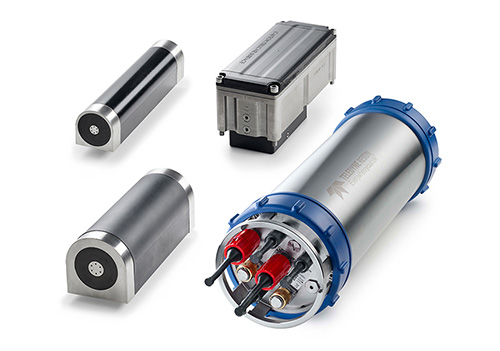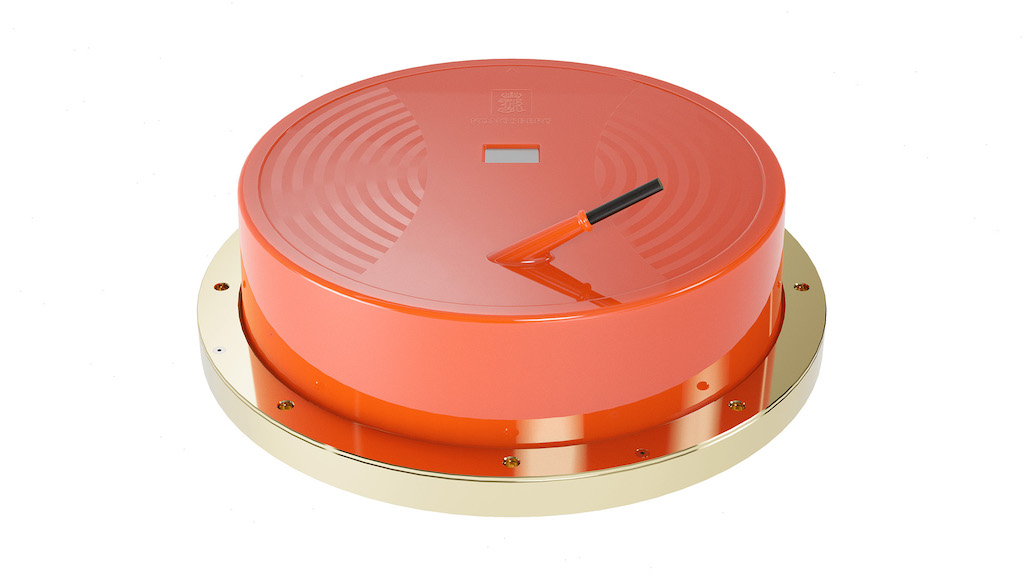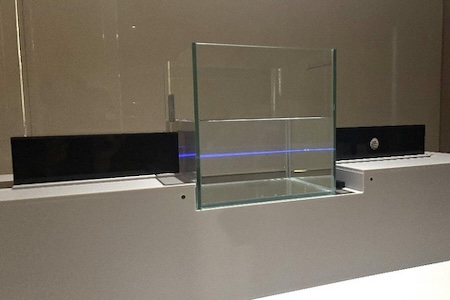
Multibeam Echosounders
Discover cutting-edge solutions from 10 leading global suppliers
Kongsberg Discovery is updating its EK80 echosounder product family with a wide-band low-frequency capability that will provide a more detailed picture of the ocean environment.
This will enable customers across Governments, Academia, and Industry to achieve a level of detail that was reportedly not previously possible, with the upgrade coming amid an increasing focus on sustainable management of the oceans.
The EK80 product family is part of Kongsberg Discovery’s portfolio of monitoring and measuring tools and is used for all types of ocean research. The product family has historically been used primarily for biomass assessments, but the instruments are seeing increased adoption for other biological, physical and chemical oceanography applications.
An EK80 vessel-mounted system typically comprises six transducers operating at different sound frequency spectra, matched with transceivers, software, and planning tools. The transducers are calibrated to give highly accurate, quantitative metric values of application targets.
Increasing the Wide-Band Spectrum
Kongsberg Discovery’s new ES18-11 MK2 transducer widens the operational frequency spectrum of its existing ES18 split-beam transducer from 18 kHz to at least 14 to 22 kHz, increasing the resolution of the data as well as providing more information for target identification from this frequency band.
The development project also led to an improvement in transducer element design reducing the challenge with ringing, which mean that the transducer can be used for both shallow and deep water measurements.
“The ES18-11 MK2 further enhances the EK80’s overall performance and brings us one step closer to uncovering the mystery of the oceans. It is an important innovation that we are certain will contribute to increasing knowledge of ocean biology, physics and chemistry, in line with UN SDG 14 Life Below Water,” said Lars Andersen, VP Ocean Science at Kongsberg Discovery.
Essential for Fisheries Management
The core application of ESI8-11 MK2 remains the identification of biological targets. The 18 kHz transducer is already common on most research vessels, but the wider bandwidth of ES18-11 MK2 can reveal the much richer biological diversity actually present. Findings can be used to fingerprint what species are present, and thus uncover components of the food chain in that area.
Understanding life in the water column is also key for environmental impact studies, for example in offshore wind-park development where EK80s already have been deployed to collect ecosystem data in Europe and the US.
Mesopelagic Research
Understanding ocean ecosystems in the mesopelagic zone (roughly from 200 to 1,000 metres), home to the planet’s largest biomass of fish and marine organisms, is a growing field in oceanography and ocean management. With its expanded frequency, the ES18-11 MK2 can be used to quantify marine life through the entire water column, divulging size and quantity of targets in the ‘Ocean Twilight Zone’.
Increased understanding of the mesopelagic ecosystem is essential to govern potential future harvesting of what is effectively the largest unexploited resource left in the world’s oceans, with a recent global biomass estimate of around 10 billion metric tons. Deep sea mining might also influence through discharge of sediments midwater, which further enhance the importance and urgency to understand these ecosystems.
Physical Oceanography
The ES18-11 MK2 can detect and quantify the interface between water masses, enabling improved detection and mapping of oceanographic layers (stratification), and changes in water salinity and temperature.
This can help researchers understand, for example, how the ocean absorbs CO2 and to monitor climate change impacts. In addition to physical sampling, mapping water masses can also contribute to understanding the dynamic mixing of warm and cold-water fronts in the oceans and its effects on ocean gyres (circulation).
The sensor data can also be used as input to Conductivity, Temperature and Depth (CTD) analysis, reducing the expense and time needed for repeated CTD probes. In addition, improved understanding of sound propagation serves as important input for various acoustic instruments used for water-column object detection.

Seabed Classification & Suspended Sediments in Water Column
The EK80 is the only calibrated broadband acoustic system that can measure backscatter to provide absolute values across sites and sensor platforms. Serving as a supplement to high-resolution seafloor mapping systems, the EK80 provides valuable information required to classify seafloor composition from acoustic surveys.
In addition, recent publications has established a link between EK80 wideband data and sediment concentration in the water column, which is critical to monitor to understand influence on local ecosystem during operations such as dredging or mining.
Quantification of Gas Leaks
The ES18-11 MK2 can identify and quantify both natural and anthropogenic seeps. Understanding the natural background seepage in an environment is critical to understanding the impact of human-caused leaks, whether they are from subsea pipelines, production and exploration wells, or undersea carbon sequestration sites. Not all leaks rise all the way to the surface, so the added detection range with low-frequency bandwidth enables identification of deep seeps that dissolve into the water column near the seafloor.
Continuous Innovation
The EK80 system has been and will continue to be developed over decades with input from leading marine institutes worldwide, with the overall goal of improving marine ecosystem management.
“Adding low-frequency wideband capacity is a game-changer for ocean research by providing much more details from a spectrum that holds a lot of information,” concluded leader of CRIMAC and senior Institute of Marine Research (IMR) researcher Nils Olav Handegard.

















